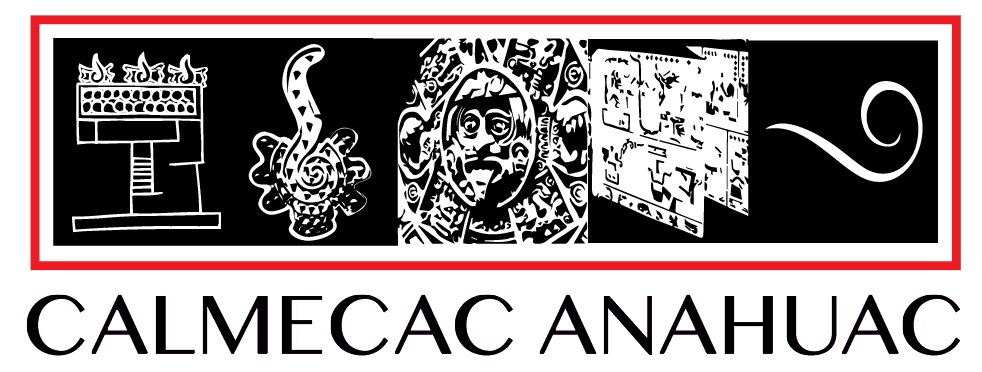The Infamous “Hunab Ku/Ometeotl” Symbol
I see a lot of confusion around this symbol. So let’s clarify the situation.
What the symbol is not:
Hunab Ku
The symbol does not represent Hunab Ku. Hunab Ku is a Yucateco Maya word used to describe the Christian God. This symbol has nothing to do with the Christian God. at all
Ometeotl
The symbol does not represent Ometeotl. Ometeotl is a word created by Miguel Leon-Portilla that he defined as a monotheistic god. Ometeotl has since been redefined by danzantes to mean dual-energy. Ometeotl is thus a misappropriation of the Nahuatl language. This symbol has nothing to do with a monotheistic god or a dual energy.
What the symbol Is:
Mexica
The symbol appears in both the Codex Magliabechiano and Codex Tudela which were produced in the 1500s in Central Mexico. The presence of Huitzilopochtli in the codices means the symbol is most likely from the Mexica culture not the Maya culture.
Water Spider Design or Butterfly Design
According to the Spanish descriptions in the Codex Magliabechiano, the symbol represents a water spider. Symbols of various insects were widespread in Pre-Columbian times and were used for various objects including lip plugs, blankets, and clothing. Many people do dispute that it is a water spider because it looks identical to depictions of butterfly so it is possible the Spaniards misidentified the butterfly as a water spider.
The Five Directions
The water spider is laid out stylistically so that the parts of its body represent the five directions. This five directions configuration is very widespread throughout Mexico and scholars describe it as a quincunx. In many configurations (including page 1 of the Codex Ferjervary, the most intricate example that has survived to the present day), the center is the direction of fire, the east is the direction of the rising sun, north is the direction of the land of the dead, west is the direction of the women, and south is the direction of thorns.
Complementary Duality
In addition to the five directions, the water spider is also laid out stylistically to depict the xicalcoliuhqui (twisted gourd), which is very widespread in Mexico in various configurations. The Xicalcoliuhqui is intended to show parts of the water spider as a complementary duality that is in balance. Complementary duality is different from Christian duality because instead of two opposites that are in conflict, it depicts two interrelated and dependent but distinct aspects. The xicalcoliuhqui reminds us that the goal is to be balanced in everything we do in life but that both aspects of the dualities (anger/happiness, light/dark, life/death etc.), we encounter are valuable and required to achieve that balance.


